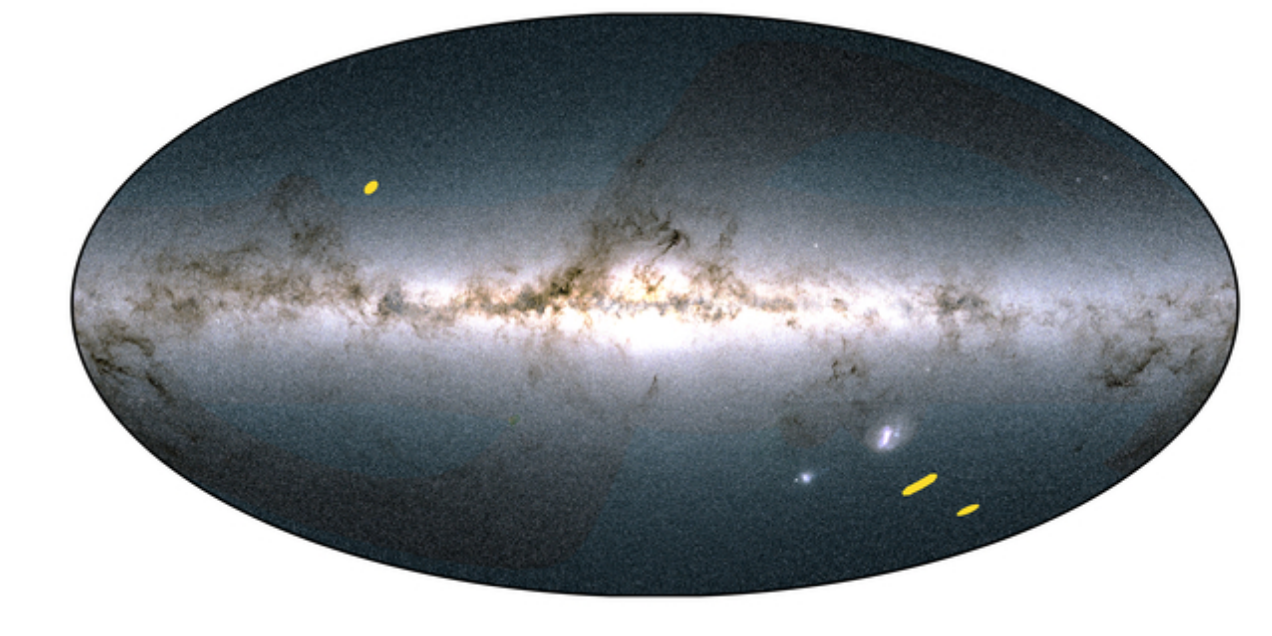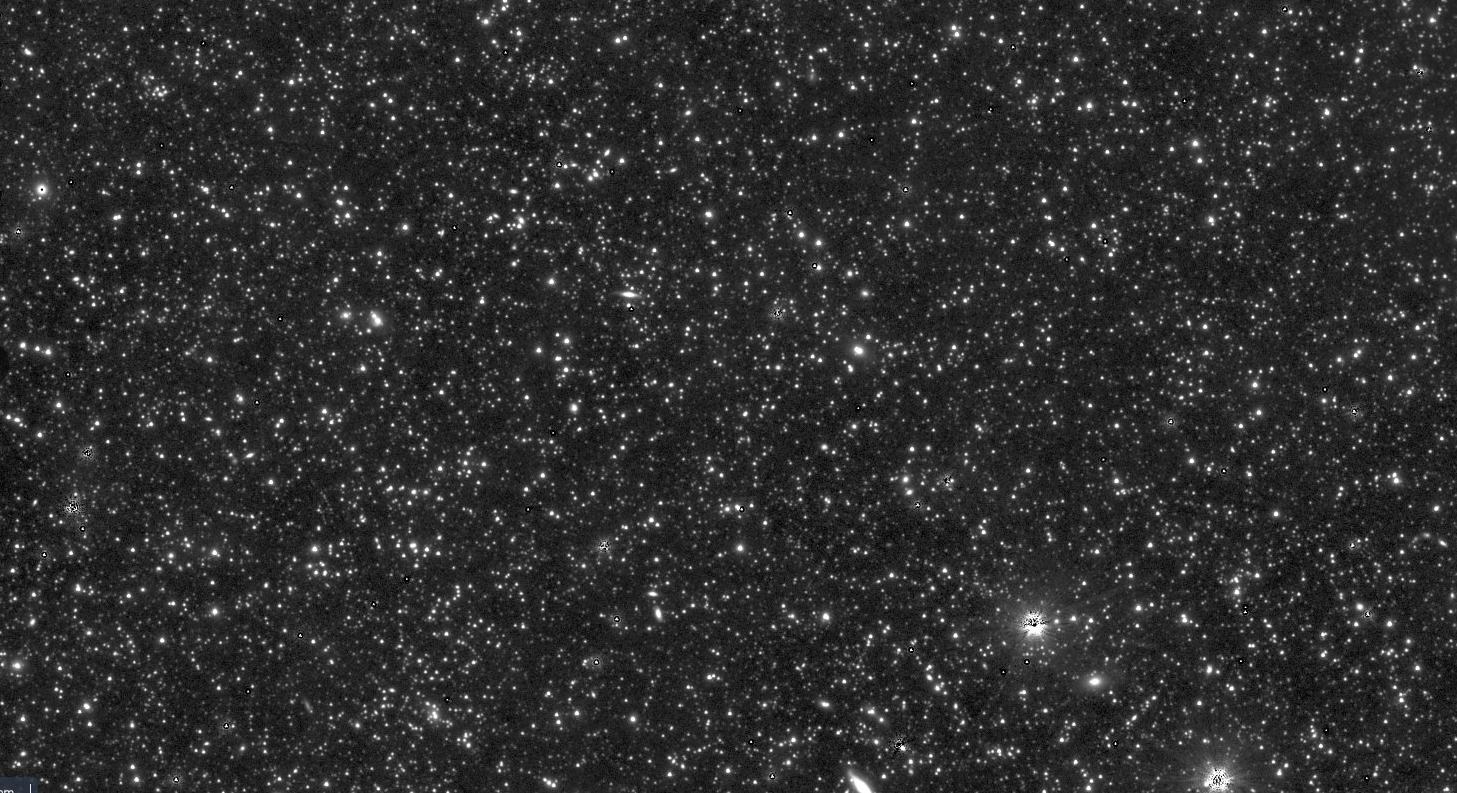By combining mid-infrared light with optical and near-infrared observations one can find the most distant objects in the Universe, right back to the start of cosmic time. That is because the expansion of the Universe causes the light emitted by receding objects to be shifted towards the red. For the most distant objects, only the reddest wavelengths emitted by them can reach us; all shorter frequencies are stopped by interstellar gas and dust. So for a long time now, longer-wavelength observations were the key uncovering the most distant objects.
Not only that, these measurements allow us to measure how much mass is in distant galaxies. From this, we can learn how galaxies form and evolve: each of our models for galaxy evolution makes a different predictions about how stellar mass builds up over cosmic time, i.e., whether or not the smallest or largest galaxies form first, or whether or not galaxies slowly or rapidly build up their mass over the lifetime of the Universe.

A distant galaxy (solid line) is detected in Spitzer-IRAC (line is higher near red filters) but not at optical wavelengths (where it is lower; courtesy S. Rogers)
The Euclid mission comprises optical and infrared cameras but no mid-infrared detectors. When it was decided that Euclid would need “deep field” observations to properly calibrate the shape measurements made by the main survey, it was clear that the scientific potential of these deep fields could be greatly enhanced by complimentary mid-infrared observations. These mid-infrared observations would also greatly help in calibrating Euclid. And the Spitzer space telescope was the ideal observatory to make these observations.

The yellow blobs show the location of the three Euclid Deep Fields on an all-sky map based on data from ESA’s Gaia mission (Copyright: ESA/Gaia/DPAC)
The Spitzer Legacy Survey (PIs P. Capak and Scarlata) has now observed these fields with the Infrared Array Camera or IRAC on the Spitzer space telescope. The last few observations have now been completed before the planned end of Spitzer at the end of January 2020. This survey is also part of the larger Cosmic Dawn survey which will comprises visible data from Subaru Hyper-SuprimeCam as part of the “Hawaii-Two-0 project”.
However, the data from Spitzer is far from directly usable by astronomers. In creating the CALET project and building the CANDIDE data centre one of our key aims was to put in place pipelines capable of removing the instrumental signature from each individual image and producing a combined image that astronomers can use. Using software developed by our collaborator Peter Capak, Andrea Moneti at IAP has used this software to provide “cleaned” images in each of the Euclid deep fields. We also applied this software to many “famous” parts of the sky (areas which have been observed by many other telescopes over many years) including COSMOS, EGS and XMM fields. The Euclid survey fields are tens of times the size of the full moon and contain tens of millions of galaxies. The data in the famous COSMOS field will be the centerpiece of the COSMOS2020 photometry and photometric redshift catalogue which were are preparing. In total, we have processed around 25% of the Spitzer IRAC archive. In the Euclid deep fields alone there are 240,000 individual images over almost 40 square degrees.
We expect to release these images (together with an associated data paper) in late 2020. The input data set is not quite complete: the final Spitzer observations will be made in the next few weeks after one of the longest and most productive careers of any telescope. The final observations will include data taken on the Euclid deep field South (P.I. C. Scarlata), one of the last deep Euclid fields to be decided. Together these fields represent the largest, deepest contiguous area ever observed with Spitzer. Combined with the Euclid deep field observations they will provide an unparalleled look at the distant Universe.
Acknowledgements: The CANDIDE computer hardware used to process this data has been funded by grants from the DIM-ACAV, CSAA and PNG. Thanks!
